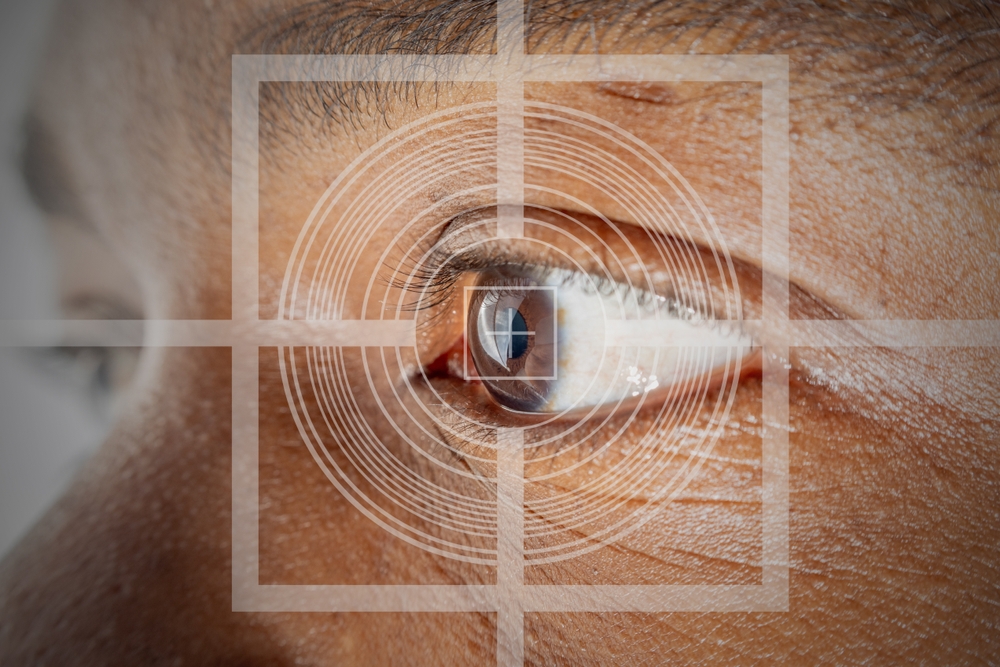Inland Family Optometry Blog
Learn more about optometry care in our blog!

If you suffer from persistent dryness, irritation, or burning sensations in your eyes, you may be experiencing chronic dry eye syndrome. This condition often results from inflammation and poor function of the meibomian glands. At Inland Family Optometry, we use IPL therapy to target the root cause of dry eye, not just the symptoms. Here’s how this advanced treatment can help restore comfort and clarity to your vision.

When it comes to preparing children for the classroom, parents often think about school supplies, healthy meals, and study routines. However, one essential factor that often goes overlooked is their vision. Clear, comfortable vision plays a vital role in learning - studies show that up to 80% of classroom learning is visual. Pediatric eye exams ensure children have the tools they need to thrive academically, socially, and personally.

Dry, gritty, or irritated eyes can be a frustrating experience - especially when the discomfort lingers longer than expected. While occasional dryness is common and often temporary, chronic dry eye can persist and even worsen without proper care. Understanding the causes and available treatments can help you find lasting relief.

Dry eye is a common condition that can leave your eyes feeling irritated, gritty, or fatigued. While underlying health issues like meibomian gland dysfunction (MGD) often play a role, many people don’t realize just how much their everyday environment can affect their eye comfort. From dry indoor air to digital screen use, environmental triggers can significantly impact tear stability and eye health.

As the new school year begins, parents often focus on shopping for supplies, organizing schedules, and ensuring their children are prepared for the classroom. But there’s one critical item that’s often overlooked - a comprehensive eye exam. Vision plays a vital role in a child’s academic success, and a back-to-school eye exam can help ensure they’re starting the year with the clear sight and confidence they need to thrive.

Children don’t always know how to explain when something isn’t right with their vision. In many cases, they assume everyone sees the world the same way they do. As a parent, it’s important to recognize the signs that could indicate a vision problem and ensure your child receives the care they need for healthy visual development.

Thinking about saying goodbye to glasses or contact lenses? LASIK is one of the most popular options for permanent vision correction, but understanding what’s involved is essential before you consider treatment. At Inland Family Optometry, we offer consultations and thorough evaluations to help you navigate your vision correction options.

Living with dry eye can make even simple tasks uncomfortable and frustrating. If you've tried eye drops and other treatments without lasting relief, it might be time to explore a more advanced solution. At Inland Family Optometry, one of the treatments we offer is OptiLight IPL therapy, a leading treatment designed to target the underlying causes of dry eye.

If you’re living in Chino, California or the surrounding Inland Empire and struggling with dry, irritated eyes, you’re not alone. Dry eye disease is a common condition in our region’s dry, sunny climate, and it can affect everything from reading and driving to simply enjoying the outdoors. At Inland Family Optometry, we’re committed to helping our community find real, lasting relief. One of the most effective treatments we offer is OptiLight IPL (Intense Pulsed Light) therapy.

If you live in Chino, California, and have ever dreamed of waking up with clear vision without the need for glasses or contacts, you may have considered LASIK surgery. LASIK is a popular and effective vision correction procedure that has helped millions of people around the world reduce their dependency on corrective lenses. At Inland Family Optometry, we want to help you understand what LASIK involves and whether you may be a good candidate.













